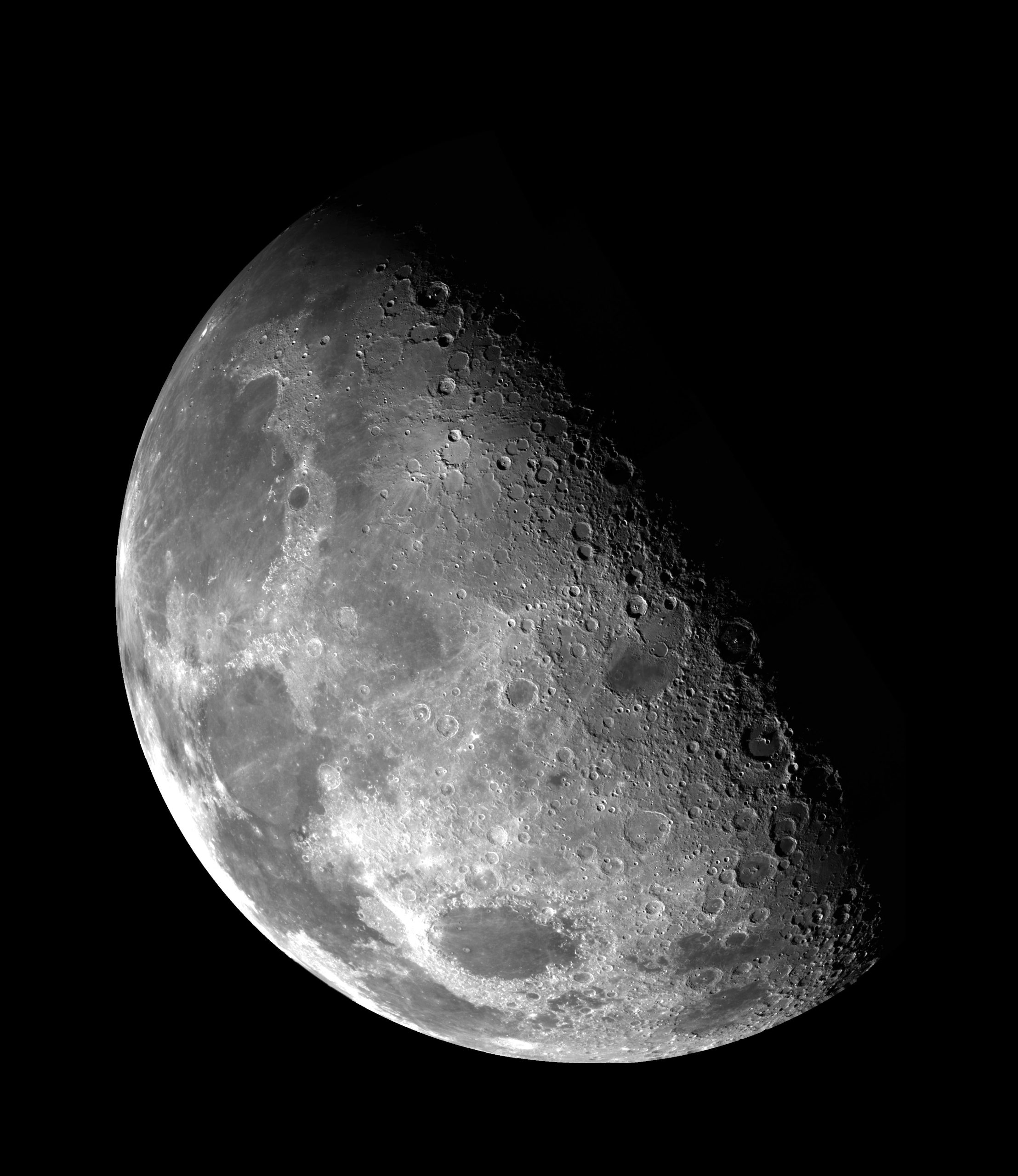What Does the Tree of Life Symbolize?
The tree of life is a powerful and meaningful symbol that appears in various cultures and religions around the world. Often depicted as a tree with branches reaching towards the sky and roots extending into the ground, it is a symbol with deep historical and spiritual significance. In this blog post, we will explore the different interpretations and meanings associated with the tree of life.
1. Ancient Origins
The concept of the tree of life can be traced back to ancient civilizations such as the Egyptians, Mesopotamians, and Norse. In these early cultures, the tree represented immortality, fertility, and the interconnectedness of all life. It stood as a symbol of renewal, abundance, and the cycle of life and death.
In Egyptian mythology, the tree of life was known as the “Ished Tree” and was associated with the goddess Hathor. It was believed to provide nourishment for the souls of the deceased in the afterlife. Similarly, in Norse mythology, the tree of life, known as Yggdrasil, was considered the center of the cosmos, connecting the nine realms.
2. Spiritual and Religious Symbolism
The tree of life is a prominent symbol in various religions, including Christianity, Judaism, and Buddhism. In these contexts, its meanings can differ, but it generally represents transcendence, wisdom, and connection with the divine.
2.1 Christianity
In Christianity, the tree of life is associated with the Garden of Eden. It symbolizes both the divine life and eternal paradise. The Bible mentions the tree in the book of Genesis, where Adam and Eve were forbidden from eating its fruit after their expulsion from the Garden. The tree of life thus represents the loss of innocence and humanity’s separation from God.
2.2 Judaism
The tree of life plays a significant role in Jewish mysticism, particularly in the Kabbalah. It is known as the Etz Chaim and symbolizes the ten divine emanations or sefirot. These sefirot represent different aspects of God and creation, with the tree serving as a map for spiritual ascent and understanding of the universe.
2.3 Buddhism
In Buddhism, the tree of life is called the Bodhi tree. It is a sacred fig tree under which Gautama Buddha attained enlightenment. The tree symbolizes the Buddha’s awakening and represents knowledge, wisdom, and the path to liberation from suffering.
3. Symbol of Interconnectedness and Unity
Beyond its religious and spiritual associations, the tree of life embodies a powerful message of interconnectedness and unity. Its branches, reaching towards the sky, represent aspiration, growth, and the desire for higher knowledge. Its roots, on the other hand, delve deep into the earth, symbolizing stability, nourishment, and grounding.
Like a tree with countless branches and leaves, all life on Earth is connected and interdependent. The tree of life reminds us of our shared origins and the importance of recognizing our interconnectedness with nature and each other. It encourages us to appreciate the beauty of diversity and to foster a sense of unity in our lives.
4. Symbol of Balance and Harmony
The tree of life also represents the balance and harmony between opposing forces. Its trunk serves as a central axis, connecting the heavens and the earth, symbolizing the reconciliation of opposites. It brings together strength and flexibility, stability and growth, and the material and spiritual realms.
Just as a healthy tree needs both strong roots and flourishing branches, our lives require balance to thrive. The tree of life encourages us to find equilibrium in all aspects of our being, fostering physical, emotional, and spiritual well-being.
5. Personal and Universal Growth
As a symbol of growth and transformation, the tree of life offers inspiration for personal and universal development. Like a tree that grows and matures over time, we too have the potential for continuous growth and self-improvement.
By nurturing our roots, exploring new branches, and embracing change, we can cultivate personal growth, expand our knowledge, and reach higher levels of consciousness. The tree of life reminds us that transformation is inherent in our existence and offers guidance on our journey towards self-discovery and enlightenment.
Conclusion
The tree of life is a multi-faceted symbol, representing various meanings across different cultures and belief systems. Whether seen as a spiritual emblem, a reminder of interconnectedness, or a symbol of personal growth, it offers profound insights into the human experience.
By embracing the wisdom it embodies, we can deepen our connection with nature, find harmony within ourselves, and strive for continuous growth. The tree of life remains a timeless symbol, transcending boundaries and inspiring individuals to seek meaning and purpose in their lives.
Table of Contents
